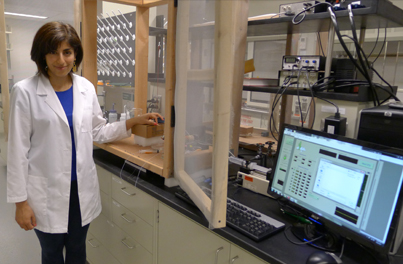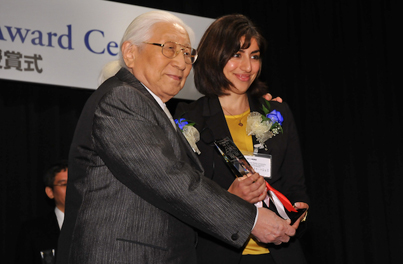

Fast-scan Cyclic Voltammetry for Continuous, Ultra-Fast Measurements of Trace Metals in Natural Water Systems
Department of Chemistry, Wayne State University, USA
*The organization and the title are those when awarded
Abstract
- 日本語
- English
Trace metal contamination of natural waters is hazardous to the environment and to the public. The adverse effects of trace metals are well known and potent metal mitigations systems have been developed. To efficiently implement the systems however, more information is needed about dynamic metal behavior in natural systems. This necessitates an in-situ analytical device that is portable and low-cost while providing a continuous measurement output. While electrochemistry has shown promise for this goal it has been limited by its temporal resolution and concerns about Hg toxicity. This paper describes a novel electrochemical technique that can perform Hg free, real-time trace metal analysis at carbon fiber microelectrodes. The application of this method to Cu (II) and Pb (II) measurements is described.
Research summary
An in-situ analytical device providing a continuous measurement output is needed to investigate the dynamic behavior of trace metal pollution in natural water systems.
While electrochemistry has shown promise for this goal in the past, it has been limited by its temporal resolution, stability and concerns about Hg-electrode toxicity.
Dr. Hashemi has recently developed a novel electrochemical technique called “trace metal fast-scan cyclic voltammetry”, which can perform Hg free, sub-second, real-time analysis of harmful metals such as Cu and Pb ion at carbon fiber microelectrodes.
This technique can be expanded to measure other trace metals such as As and Cr, and to realize a hand-held device for simultaneous multiple metal measurements, which would give invaluable information to use metal mitigation systems more efficiently and greatly aid sustainable, clean natural water resources.



